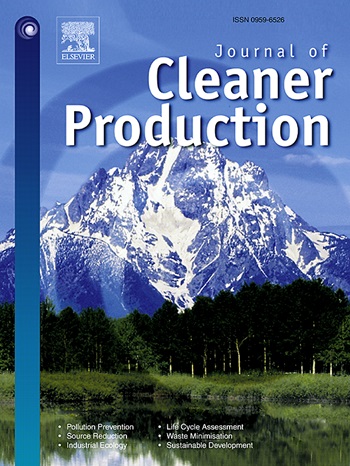Tracing calcium flows for bulk calcium waste management in China
IF 9.7
1区 环境科学与生态学
Q1 ENGINEERING, ENVIRONMENTAL
引用次数: 0
Abstract
Calcium has a wide range of applications and poses serious challenges in bulk waste management; however, its material flow is seldom investigated. To fill such a research gap, this study adopts the dynamic material flow analysis method to reveal the evolution of the calcium cycle in China. The results show that from 2000 to 2021, the primary source of calcium is calcium carbonate mineral. From a consumption perspective, the major demand for calcium comes from industries of construction, steel, electric power, etc., with the construction industry accounting for 83.06 %. The application of desulfurization has led to a rising calcium demand in the electric power industry, while stricter environmental policies for phosphate fertilizers have resulted in declining demand for calcium in the agriculture industry. From a trade perspective, China has achieved a net export of calcium, with mines and final products being the primary trade goods. Approximately 404 Mt of calcium has been recycled from the 4724 Mt of cumulative calcium waste during 2000–2021, mainly through the recycling of bulk construction waste, desulfurization gypsum, and phosphogypsum. In 2021, the recycling rates of desulfurization gypsum and phosphogypsum reached 76 % and 43 %, respectively. However, the waste recycling rate in the construction industry was only 10 %, much lower than the national target of 60 %. Based on these findings, policy recommendations are proposed to improve construction waste recycling and maintain the stability of trade structure.
中国散装钙废物管理中的钙流动追踪
钙具有广泛的应用,对散装废物管理提出了严峻的挑战;然而,它的物质流动很少被研究。为了填补这一研究空白,本研究采用动态物质流分析方法来揭示中国钙循环的演变。结果表明:2000 ~ 2021年,钙的主要来源为碳酸钙矿物。从消费角度看,钙的主要需求来自建筑、钢铁、电力等行业,其中建筑行业占83.06%。脱硫的应用导致电力工业对钙的需求增加,而磷肥环境政策的严格导致农业对钙的需求下降。从贸易角度看,中国实现了钙的净出口,矿石和最终产品是主要的贸易商品。2000年至2021年期间,累计4724万吨钙废物中约有404万吨钙被回收,主要是通过回收散装建筑垃圾、脱硫石膏和磷石膏。2021年,脱硫石膏和磷石膏的回收率分别达到76%和43%。然而,建筑业的垃圾回收率仅为10%,远低于国家60%的目标。在此基础上,提出了改善建筑垃圾回收利用和保持贸易结构稳定的政策建议。
本文章由计算机程序翻译,如有差异,请以英文原文为准。
求助全文
约1分钟内获得全文
求助全文
来源期刊

Journal of Cleaner Production
环境科学-工程:环境
CiteScore
20.40
自引率
9.00%
发文量
4720
审稿时长
111 days
期刊介绍:
The Journal of Cleaner Production is an international, transdisciplinary journal that addresses and discusses theoretical and practical Cleaner Production, Environmental, and Sustainability issues. It aims to help societies become more sustainable by focusing on the concept of 'Cleaner Production', which aims at preventing waste production and increasing efficiencies in energy, water, resources, and human capital use. The journal serves as a platform for corporations, governments, education institutions, regions, and societies to engage in discussions and research related to Cleaner Production, environmental, and sustainability practices.
 求助内容:
求助内容: 应助结果提醒方式:
应助结果提醒方式:


